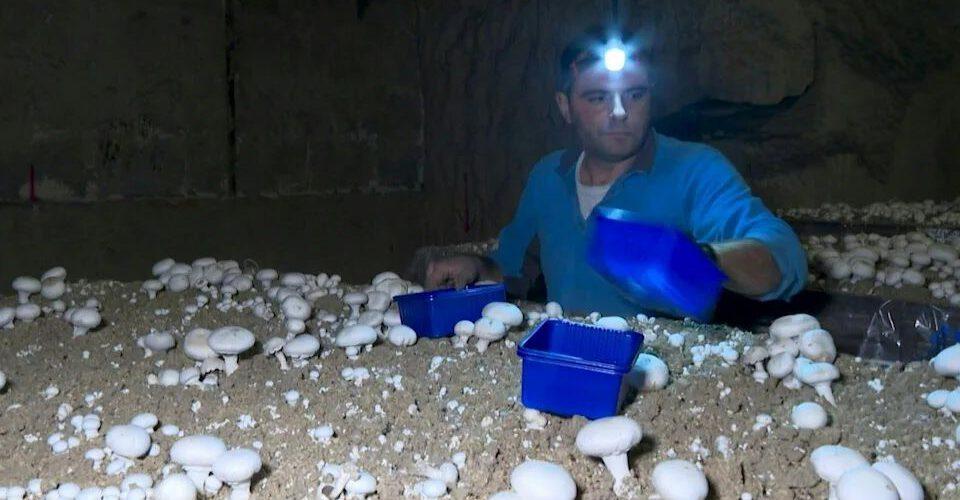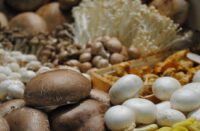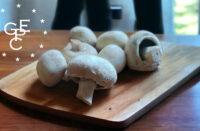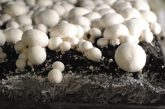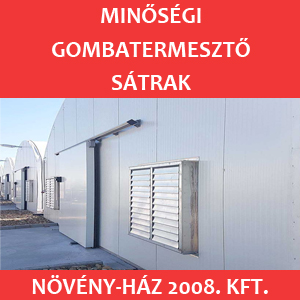Two hundred years ago, French mushroom growers working in the limestone mines of Paris pioneered the technology to grow champignon mushroom. Today, only a handful of people in the city of Paris are still tending this agricultural heritage and there is a serious risk that this traditional method of mushroom cultivation will soon be forgotten. This is particularly ironic at a time when the demand for mushrooms is higher than ever.
Shoua-moua Vang, whose parents emigrated to France from Laos, has been working in mushroom cultivation for many years. He currently runs the largest underground mushroom-growing cellar in the Paris region, which is set in one and a half hectares of tunnels in the side of a hill overlooking the Seine River.
“It’s not a question of whether there will be buyers for the mushrooms, I sell everything I grow,” says Shoua-moua Vang. His customers include chain stores, Michelin-starred chefs and local markets. He considers his mushrooms to expensive, with a wholesale price of €3.20 per kilo.
The biggest problem is labourforce, as working in dark, damp cellars is not attractive. Recently, there have been several instances of not having someone to pick the mushrooms because only 5 of the 11 pickers needed were available to work, the rest were sick. Thus, the mushrooms grown were wasted due to a lack of pickers.
Vang is one of only five mushroom growers near the capital who still practise this centuries-old classic method of mushroom cultivation and continue to grow the mushrooms that the French call “champignons de Paris”.
The white button mushrooms were first cultivated in Versailles and in the catacombs near the Loire by La Quintinie, the gardener to the Sun King, King Louis XIV, at the end of the 17th century. It was discovered that champignon could grow all year round if placed in a manure-based bedding deep underground, where temperature and humidity could be controlled. They also discovered that the earthy atmosphere of the mine shafts, and the covering of the compost with ground limestone, gave the mushroom a nutty, mineral flavour and prevented it from becoming too saturated with water.
At its peak, at the end of the 19th century, 250-300 mushroom growers sold three million baskets of mushrooms on Parisian markets. Even the spooky tunnels of Paris’ catacombs, one of the most visited tourist attractions, were mushroom cellars.
Rapid urbanisation, and in particular the construction of the Paris underground, began to push growers out of the capital in the early 1900s. In the 1970s, there were still around 50 mushroom caves in the quarries under the Paris suburbs, often run by successive generations of the same family. However, Dutch and Polish imports of mushrooms gradually replaced local champignons on the market. More efficient, faster and cheaper mass production has replaced small-scale mushroom production, and today there are hardly any mushroom growers left in the Paris area.
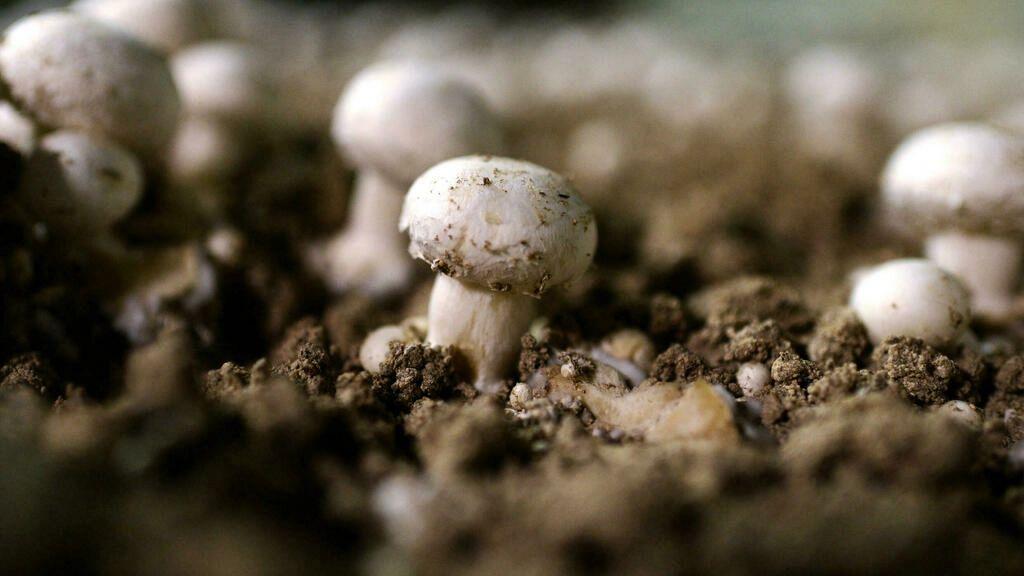
“It’s difficult to find entrepreneurs who want to take over these cellars because there are no mushroom-growing programmes in agricultural schools,” says Muriel Le Loarer, who works at the SAFER Rural Development Agency to revive the mushroom-growing tradition in Paris. “We are supporting the sector, helping to find funding and working with local authorities to reopen the quarries,” said Le Loarer, noting that interest in local products is growing year on year.
However, officials said it was too late to create a distinctive “champignons de Paris – mushrooms of Paris” designation under French AOP food naming rules, as the name has been in common use for decades. The challenge for producers from a marketing point of view is to ensure that people recognise when they are buying authentic, cave-grown mushrooms.
However, according to the Rungis wholesale market south of the capital, mushrooms from Paris are still only a small part of the 90 000 tonnes produced annually in France and it is unlikely that this will ever increase significantly. Even though the French consume around 2.6 kg of fresh mushrooms per household per year. This is very little by Western European standards, compared to, for example, the UK, which eats four times as much. Unfortunately, beside the low per capita consumption, 70% of the mushrooms in French shops are imported (from Poland, Ireland, the Netherlands).
We hope that the work of the SAFER Rural Development Agency can contribute to stopping or slowing down the disappearance of Paris mushroom caves and preserving this very important agricultural heritage for France and the mushroom industry worldwide.
Source: AFP


